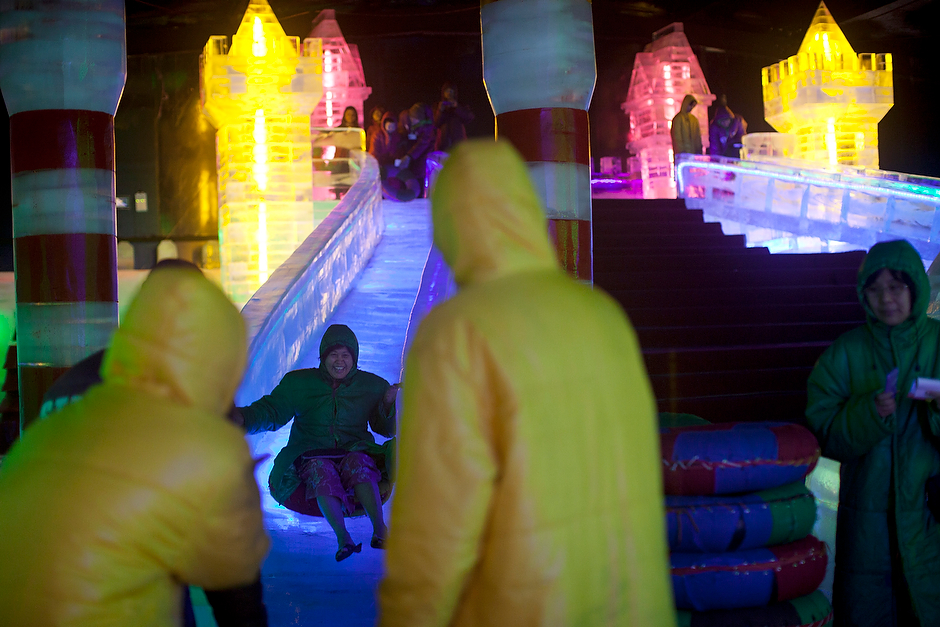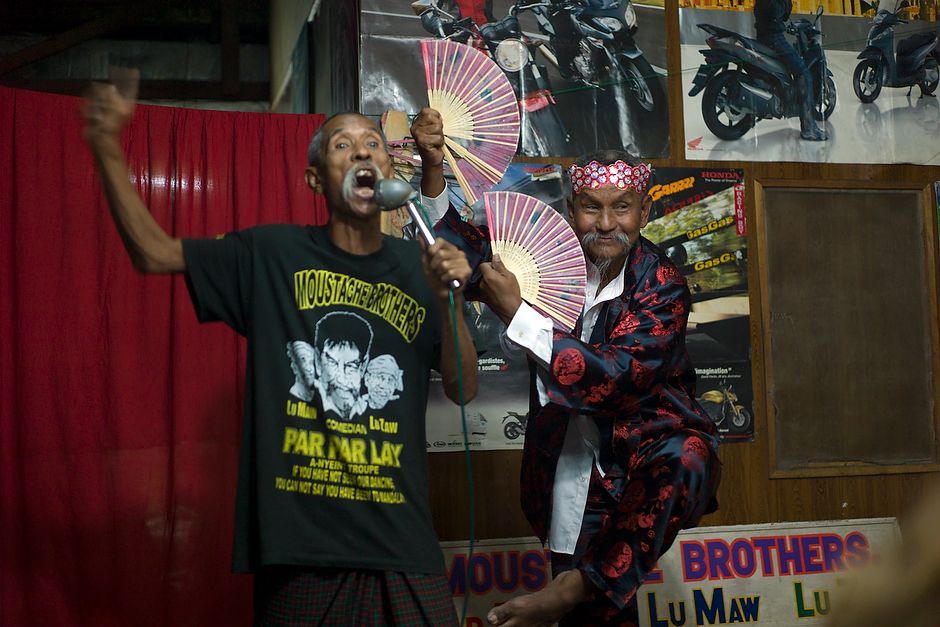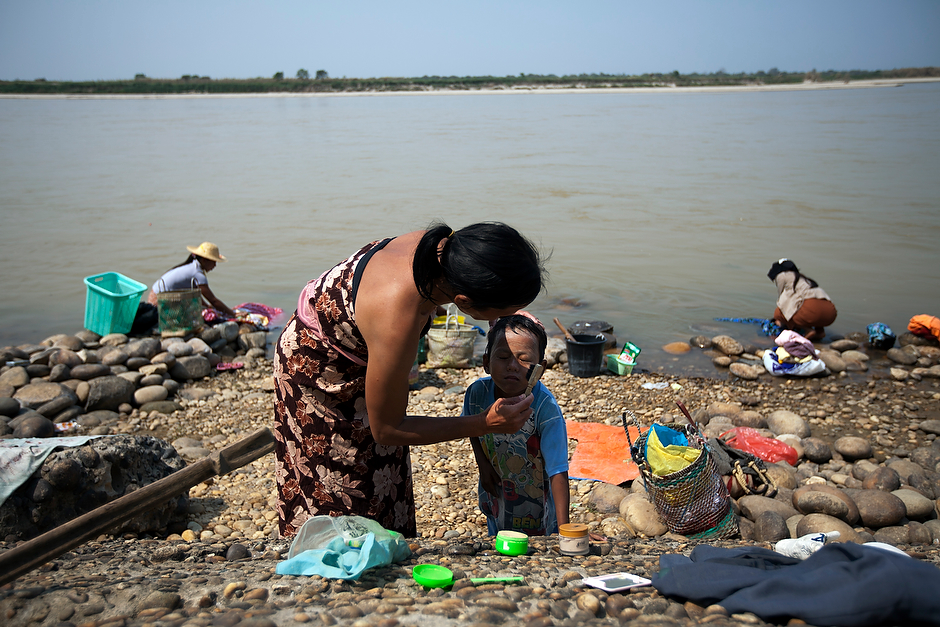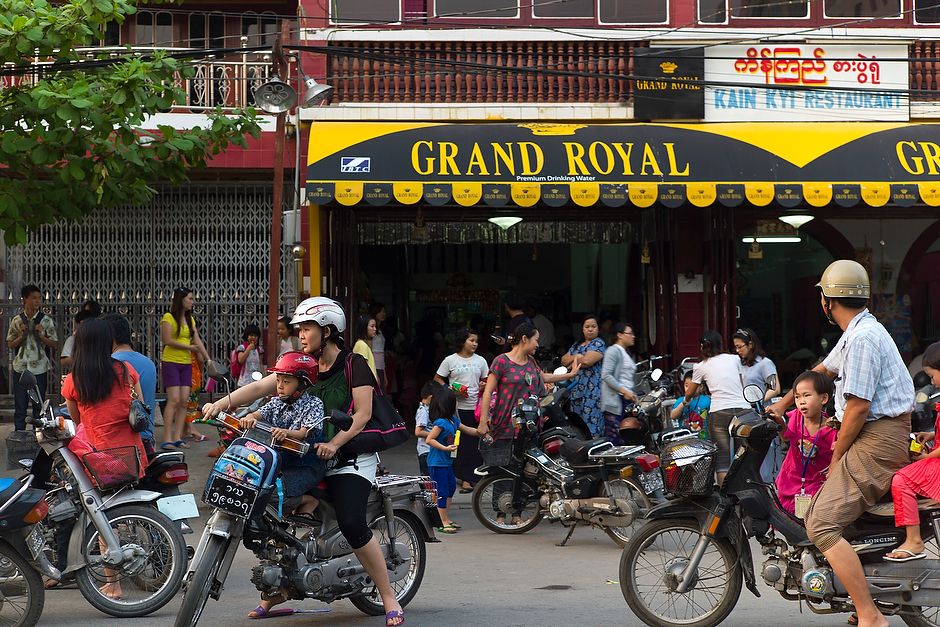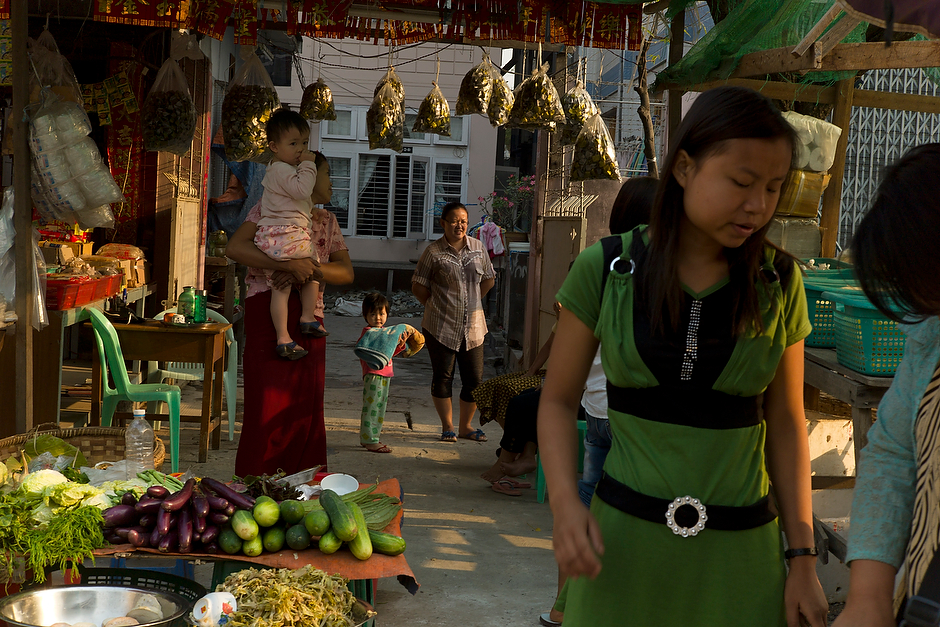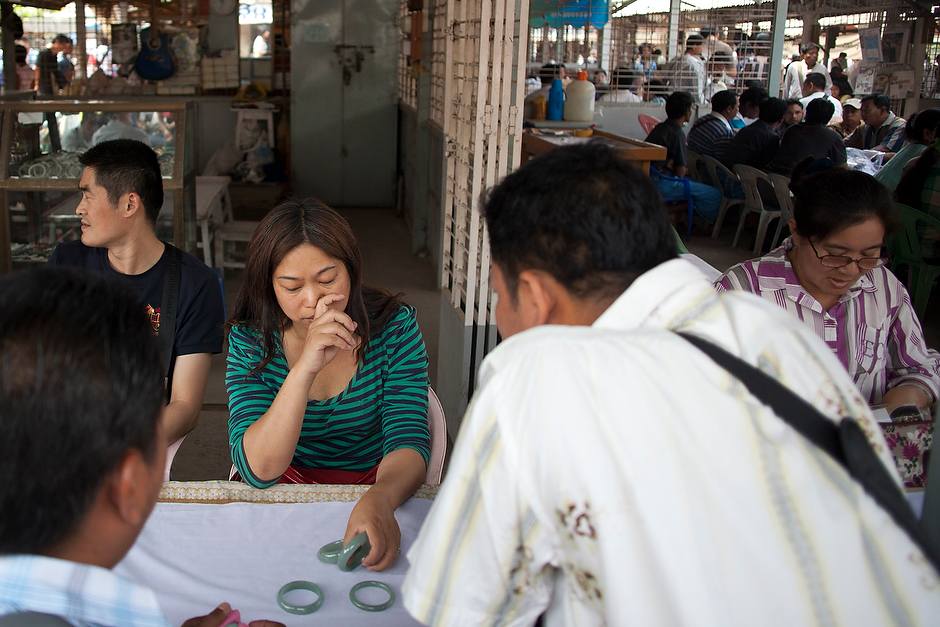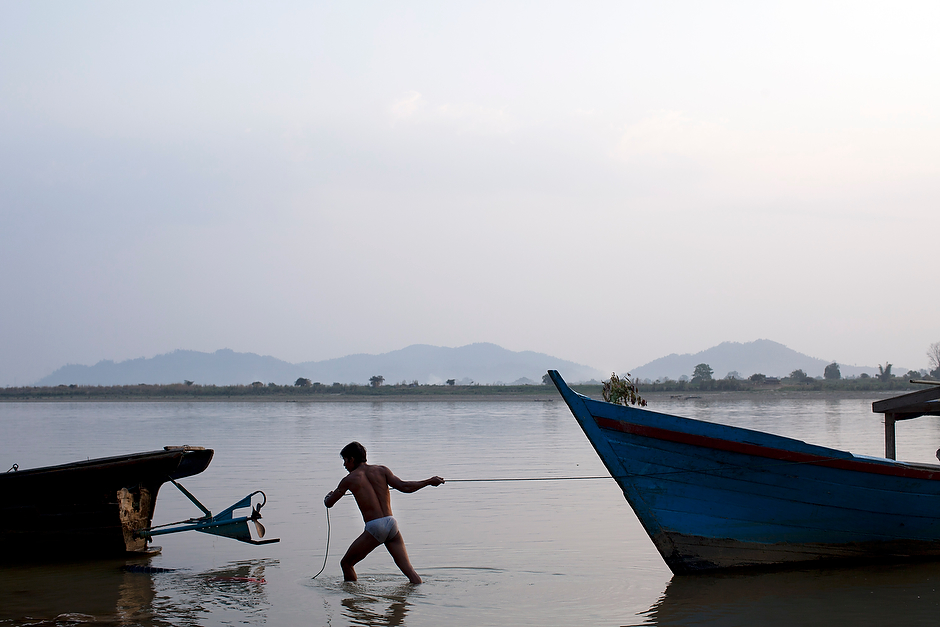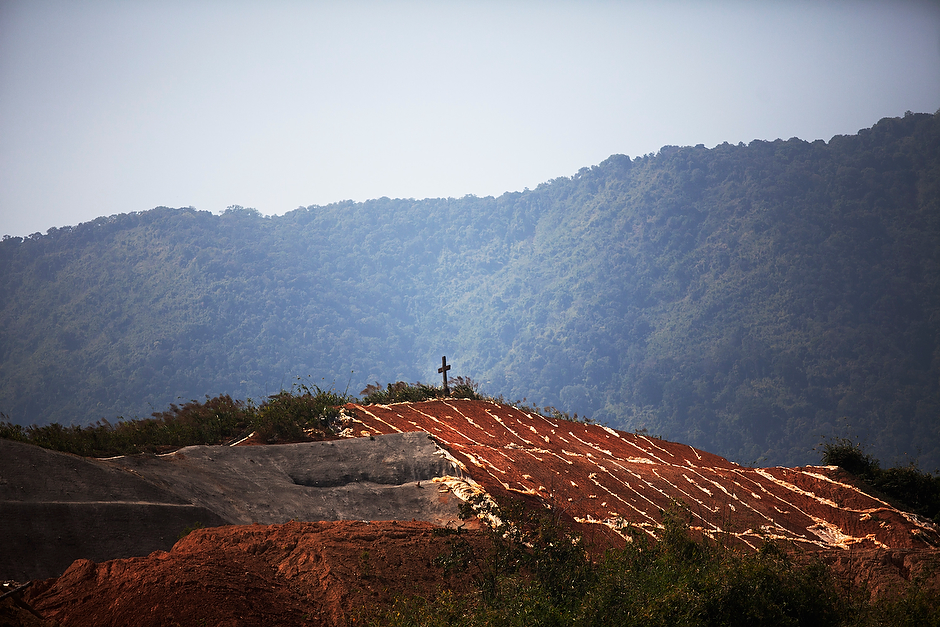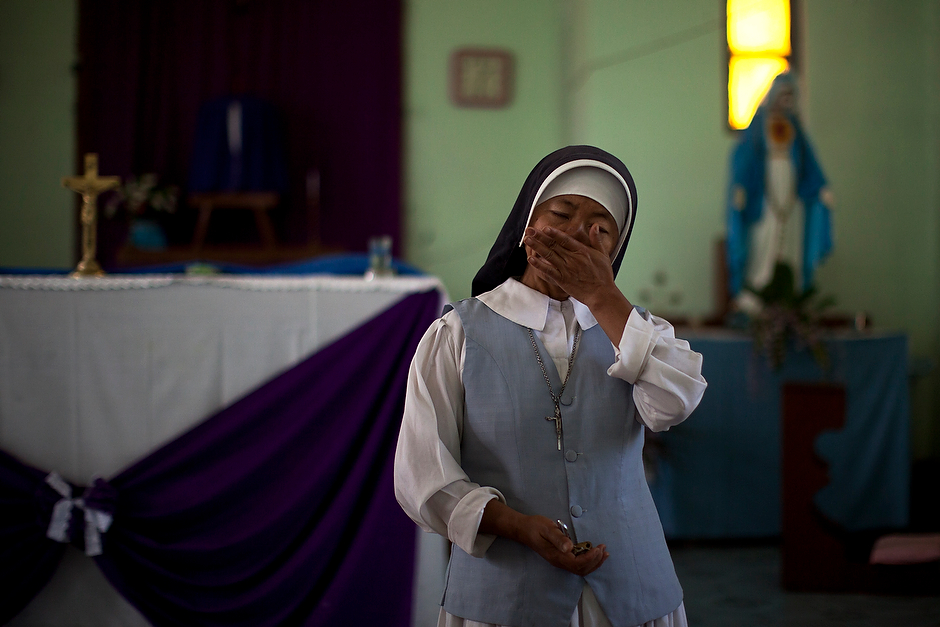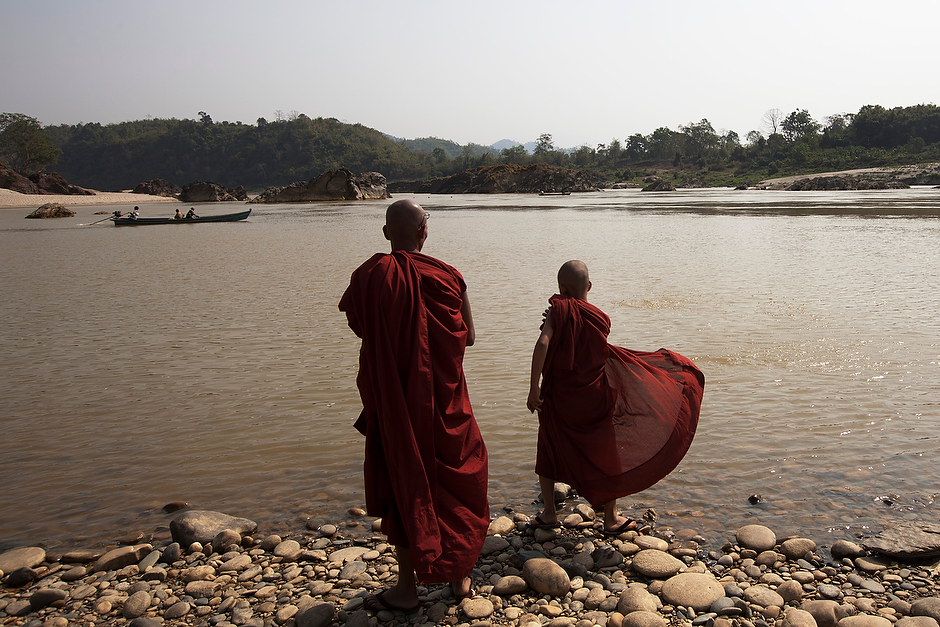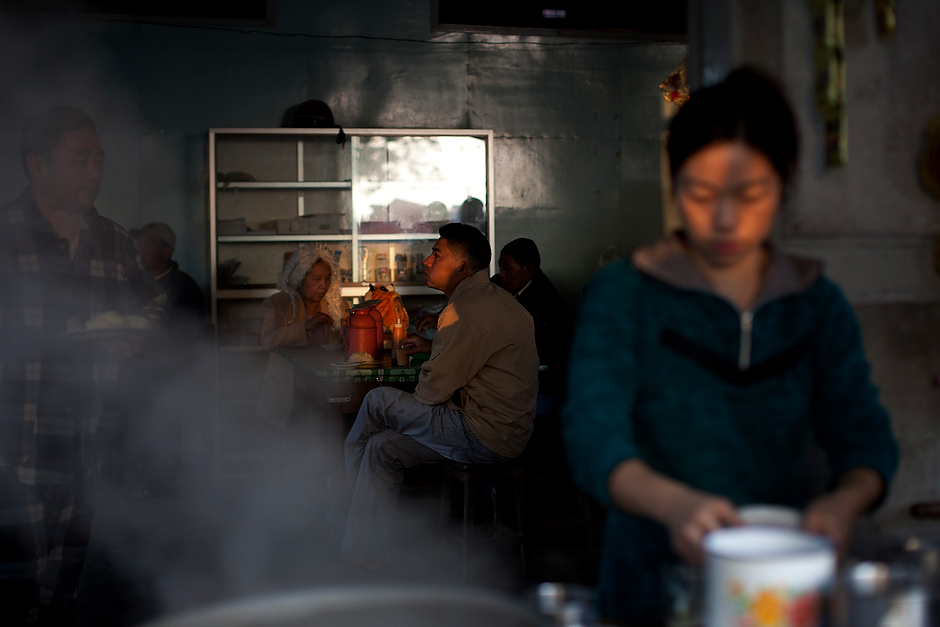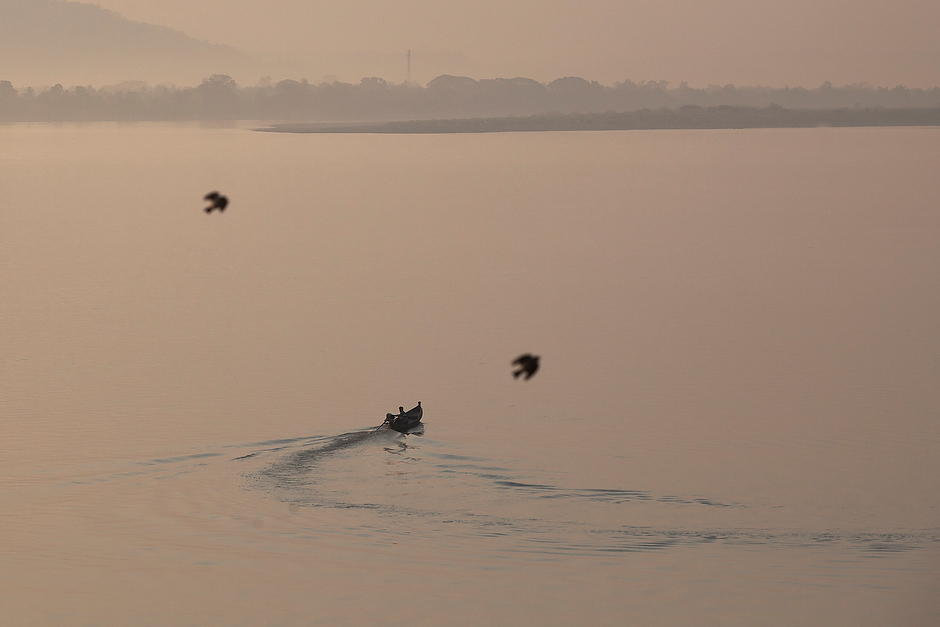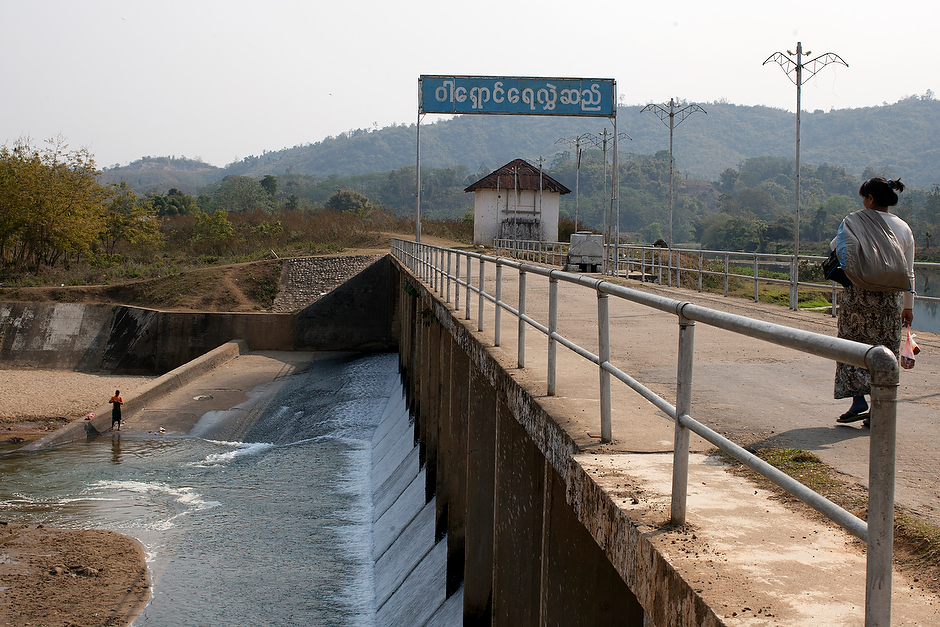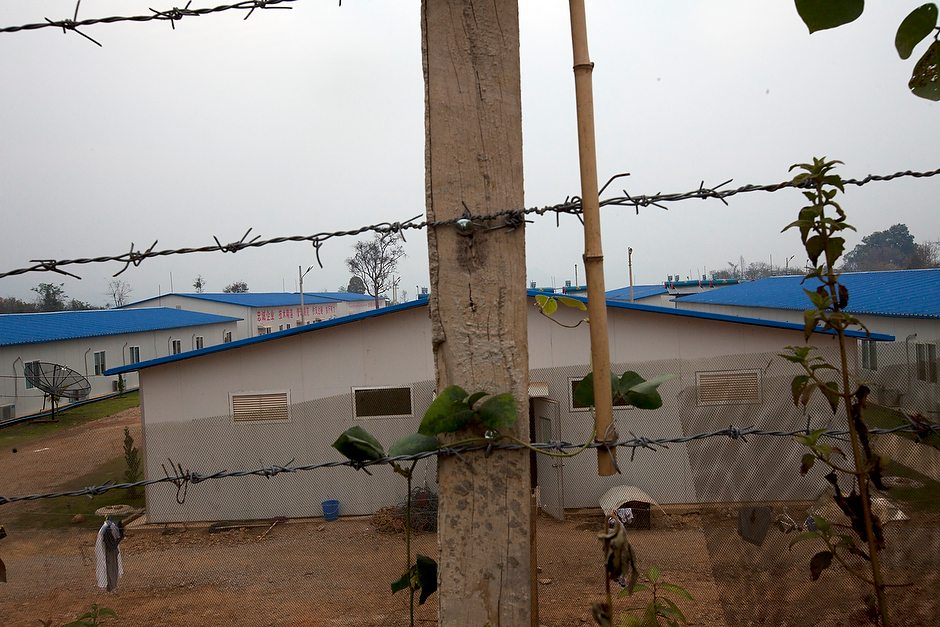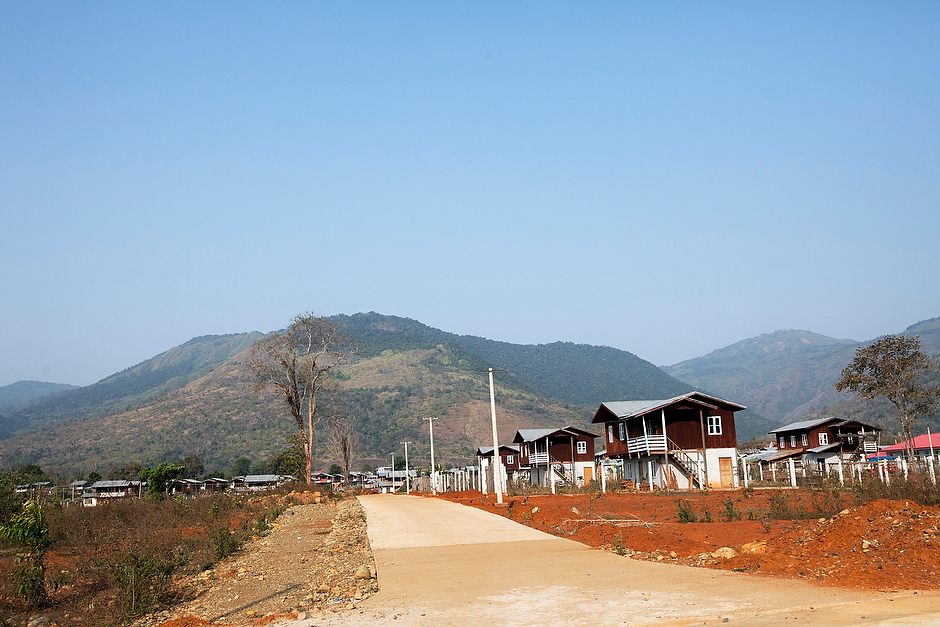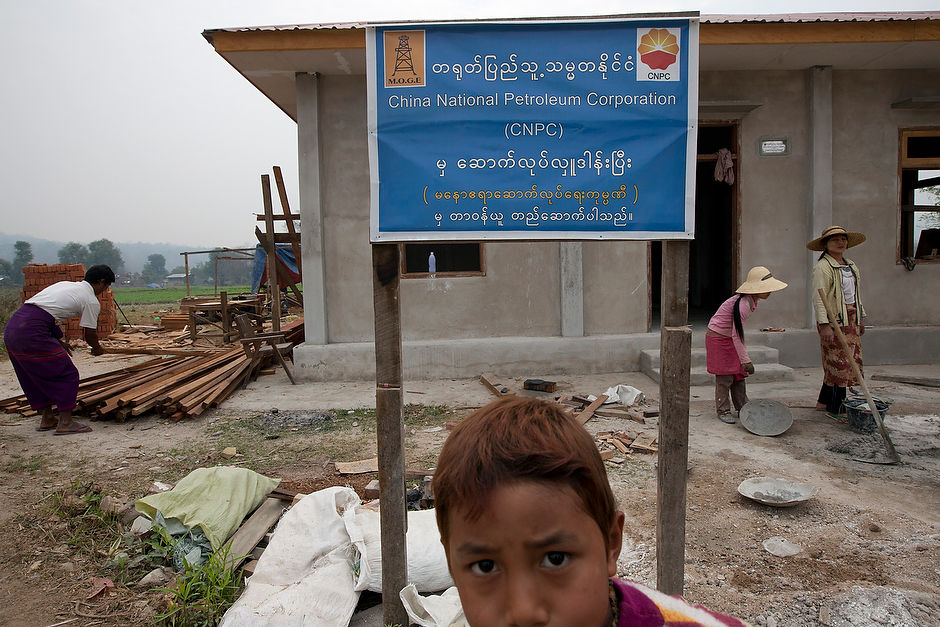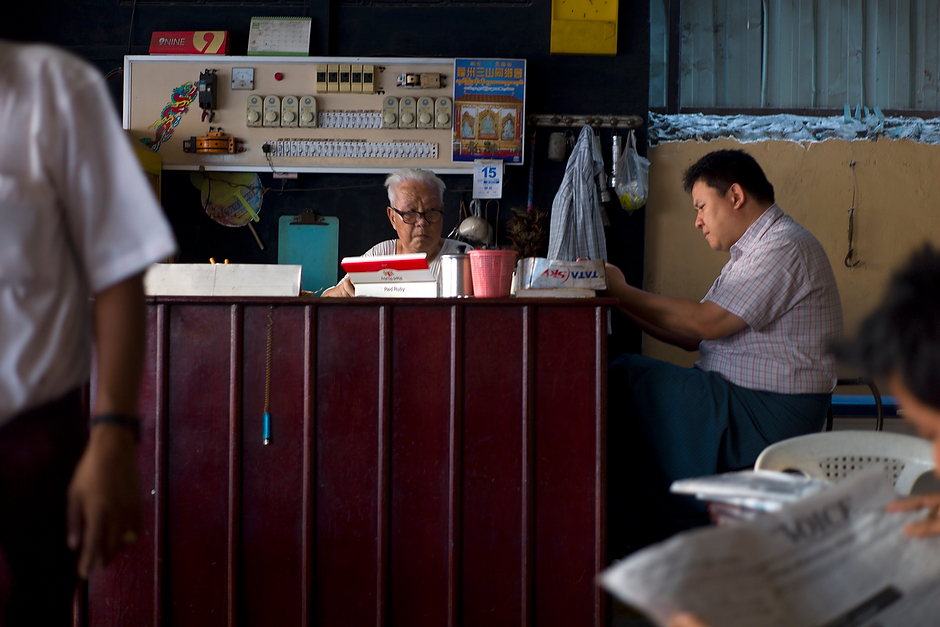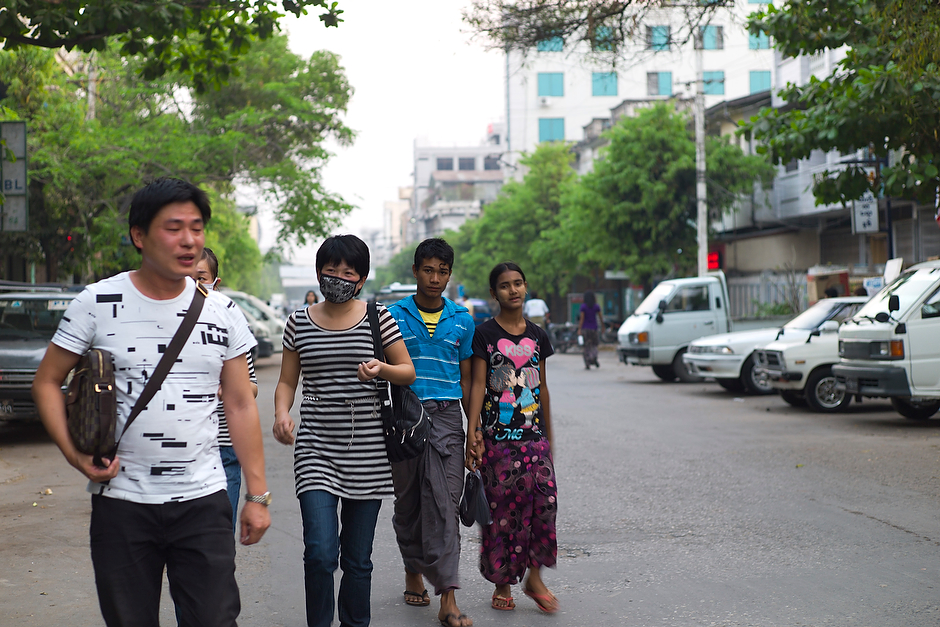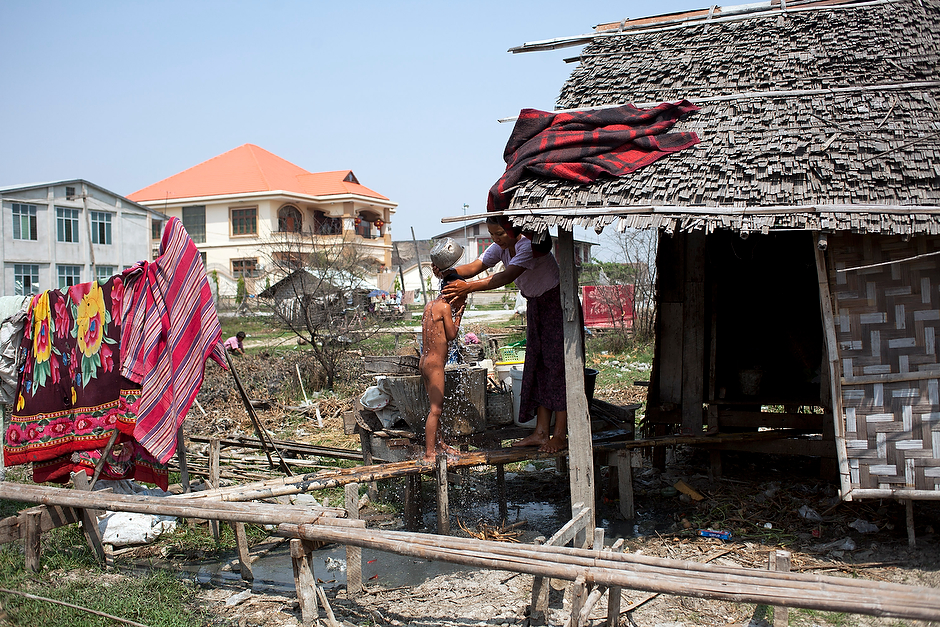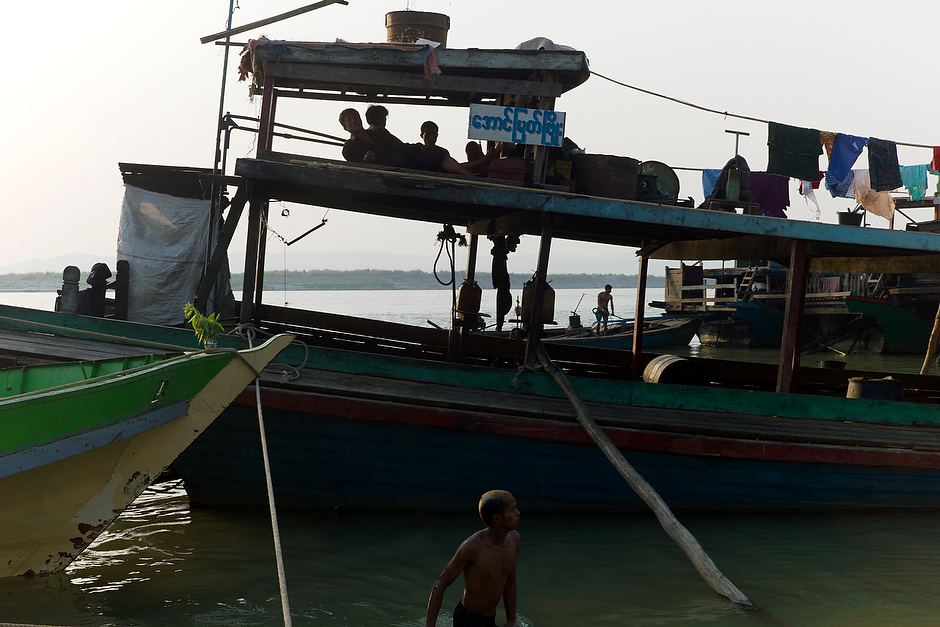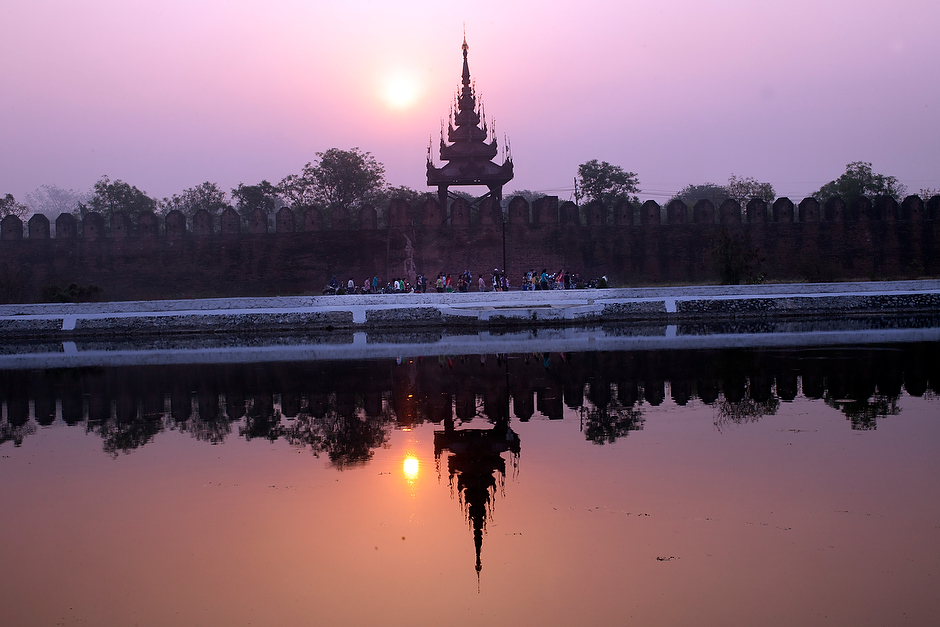China’s Footprint in Myanmar
President Barack Obama’s visit to Yangon (also known as Rangoon) today shines a spotlight on a story that has already captured the world’s attention: namely, the remarkable political transformation that has been underway over the past year in Myanmar. Looming large in the background of the conversations he had with Myanmar’s President Thein Sein and with democracy icon Aung Sang Suu Kyi about developing the country’s economy and bolstering its steps toward democracy and the protection of human rights, is presence of Myanmar’s influential neighbor, China.
China and Myanmar share a border of some 1,300 miles and the two civilizations have a long and complex history as neighbors. Friendly ties between Beijing and Myanmar’s junta helped keep that regime in power, even as much of the developed world shunned it. Migrant Chinese have settled in Myanmar’s cities (particularly Mandalay) for generations. And China has been an increasingly active player in the export and trade of Myanmar’s mineral wealth, from gems to oil and gas, as well as a powerful force in the flow of sex workers and drugs, and the diseases that come with them, that have long traveled across the countries’ porous border. Myanmar’s location at the crossroads of East and Southeast Asia, its port on the Indian ocean, and its energy and mineral reserves make it important to China’s geopolitical strategy.
In some parts of the country, Burmese live amicably with their Chinese neighbors. But many Burmese resent China’s role in their country, both for its coziness with the oppressive junta and for the heavy-handedness of its extractive enterprises.
China’s plans to build a large hydroelectric dam on the Irawaddy River sparked national outcry and Myanmar’s government recently suspended the project.
In this photo essay, shot across Myanmar in March and April 2012, Sim Chi Yin explores the complex relationship between the two neighbors.




